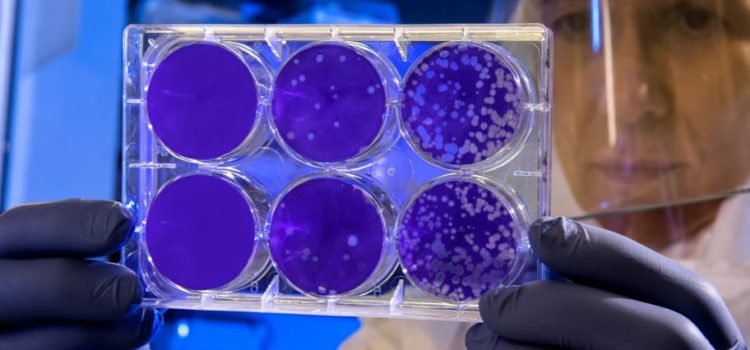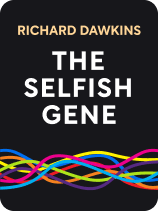

This article is an excerpt from the Shortform book guide to "The Selfish Gene" by Richard Dawkins. Shortform has the world's best summaries and analyses of books you should be reading.
Like this article? Sign up for a free trial here .
What is gene selection theory? How does it differ from natural selection and is one a more realistic theory than the other?
Natural selection is the well-known theory of evolution that says species with better adaptations for their environment will survive. In contrast, gene selection theory is the idea that behaviors and evolution select for certain genes rather than the species that carry those genes.
Read more about gene selection theory, which was supported by Richard Dawkins in The Selfish Gene.
Natural Selection of Species Is Misleading
“The good of the species” is a common misconception. It comes about because most of an animal’s life is devoted to reproduction, and most of the selfless acts an animal performs are for its offspring. Therefore, it seems like creatures act as they do in order to continue the species.
However, the point is that creatures’ ultimate goal can’t be the survival of the species as a whole, or such selfish behaviors wouldn’t exist in nature. The truth is that nature is fiercely competitive, with members of the same population having to fight each other for limited resources—and, therefore, for survival. This is called natural selection: Organisms who are fit enough to survive and reproduce in their environments will be the ones to pass on their genes to the next generation.
Gene Selection Theory
The other explanation for altruistic behavior is the gene selection theory. The key to understanding the gene selection theory is recognizing that close relatives, by definition, share many of the same genes. For example, in a typical mammal that reproduces sexually, an individual’s offspring and siblings will both have 50% of its genes. However, there’s no way for a gene to actively recognize itself in another organism, so it has to play the odds. If another organism carries 50% of the same genes, then there’s a 50% chance that it carries a copy of the gene in question.
Therefore, from the perspective of a selfish gene, siblings and offspring should be considered 50% as valuable as the organism that gene happens to be in. So, to give an extreme example, if an organism could save more than two of its siblings or children by sacrificing its own life, selfish gene theory dictates that it should do so. Genes don’t need one particular organism to survive, as long as organisms likely to be carrying them are able to keep reproducing.

———End of Preview———
Like what you just read? Read the rest of the world's best book summary and analysis of Richard Dawkins's "The Selfish Gene" at Shortform .
Here's what you'll find in our full The Selfish Gene summary :
- Why organisms don't matter, only genes do
- How all life forms begin with a replicating molecule
- How species need to balance aggression and pacifism to survive






